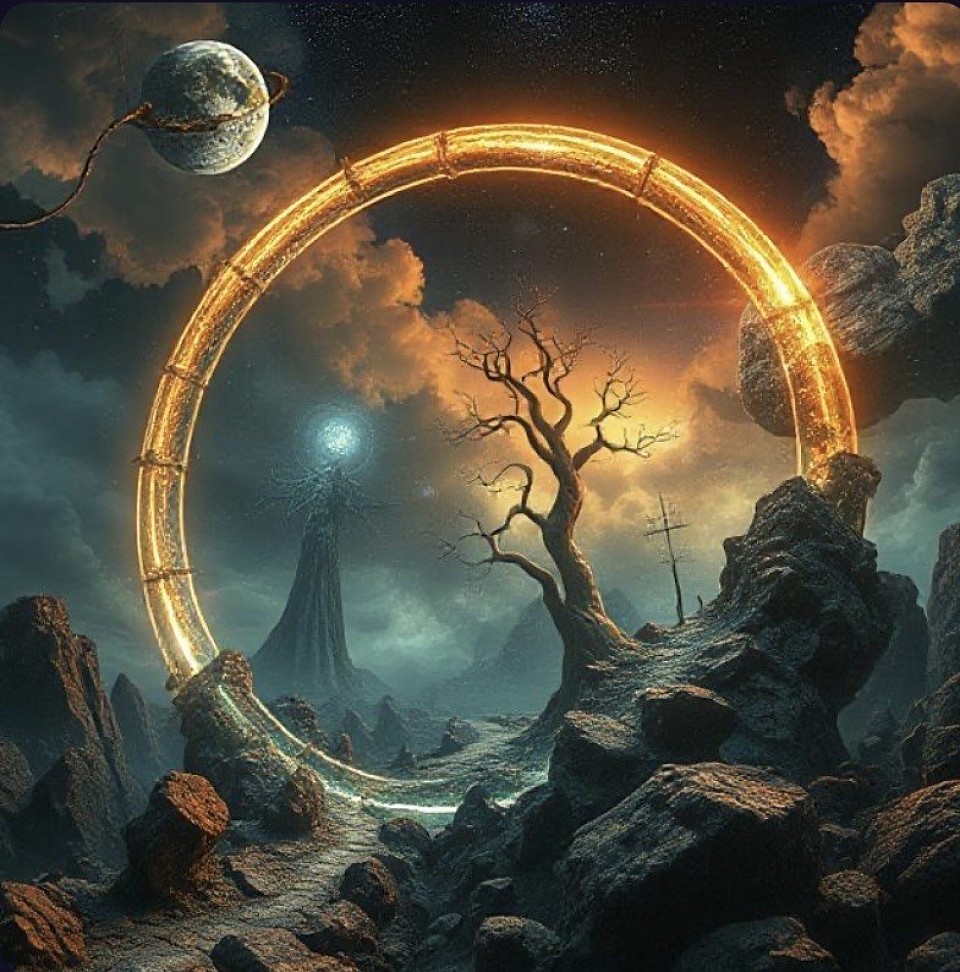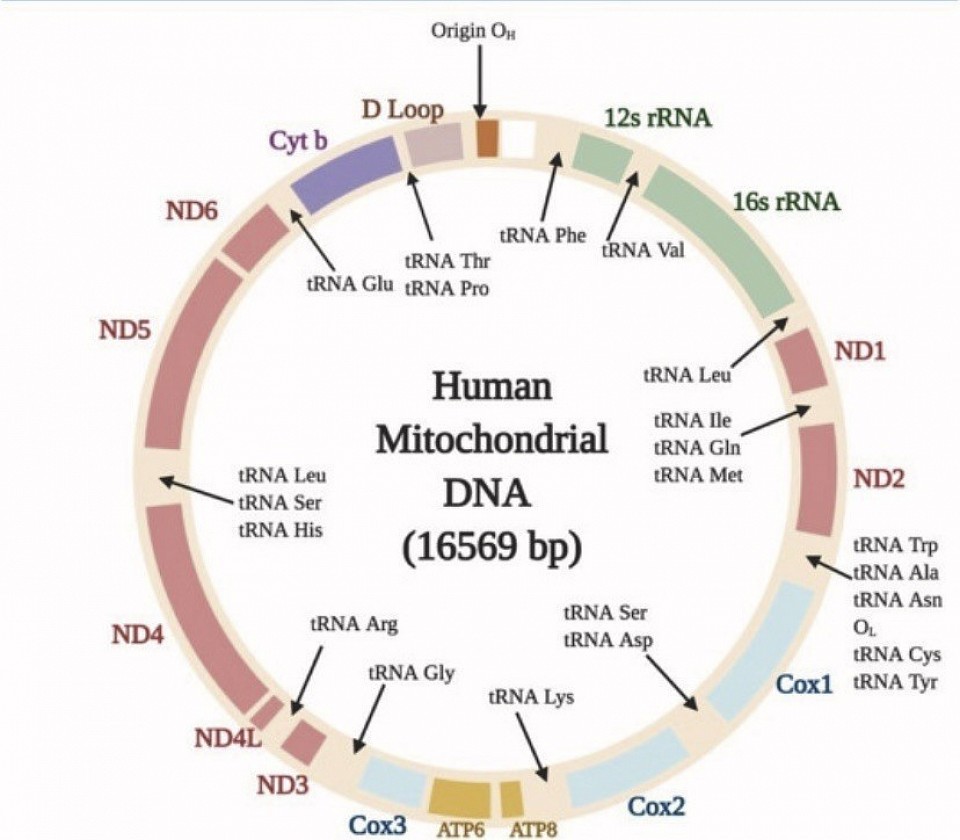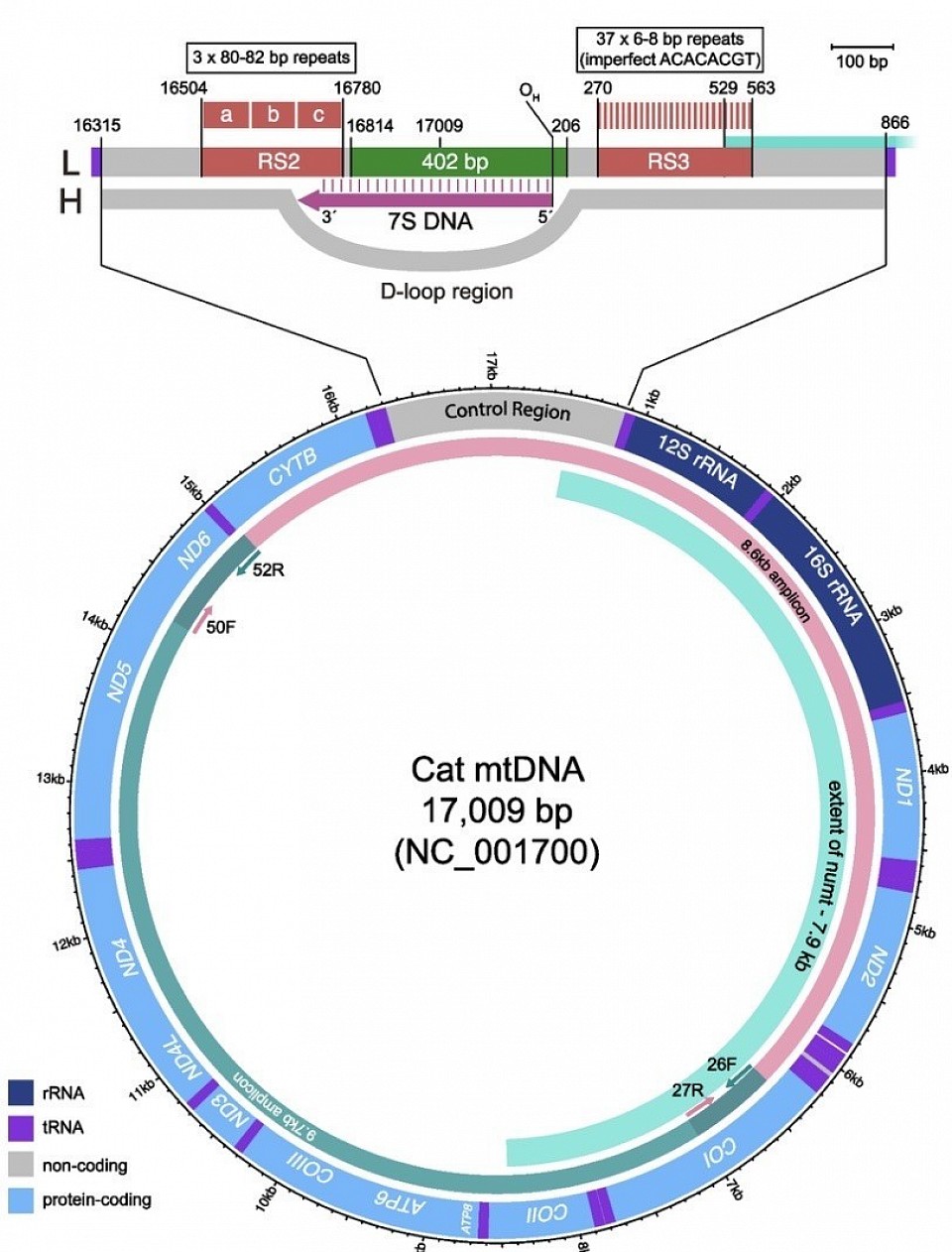-ˋˏ ༻ 19 ༺ ˎˊ-
━━━━━━━•°•°•❈•°•°•━━━━━━━
━━━━━━━•°•°•❈•°•°•━━━━━━━
Lamina
Lamina is the new world, laid out by each region in the:
Left Division
Based on human mitochondrial DNA
The world in between worlds is the:
NT Matrix
Based on Neurotransmitters
The third realm is the:
Right Unity
Based on feline mitochondrial DNA
NT Matrix
The NT Matrix is built on seven neurotransmitters including:
⟁
Dopamine
Serotonin
Endorphins
Oxytocin
Histamine
GABA
Norepinephrine
⟁
ND4L
….



